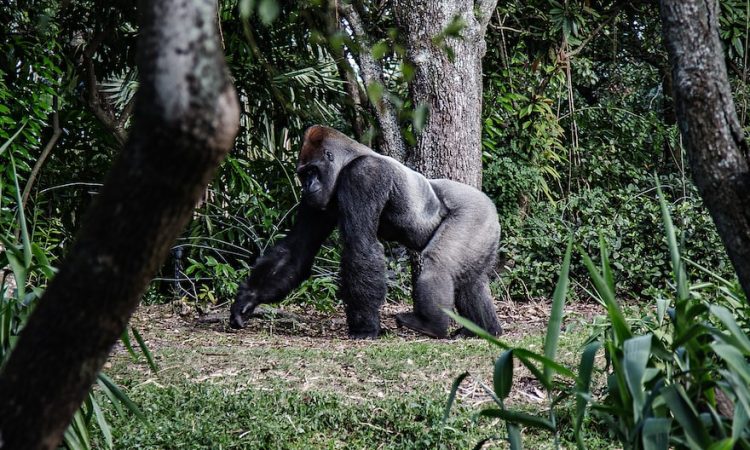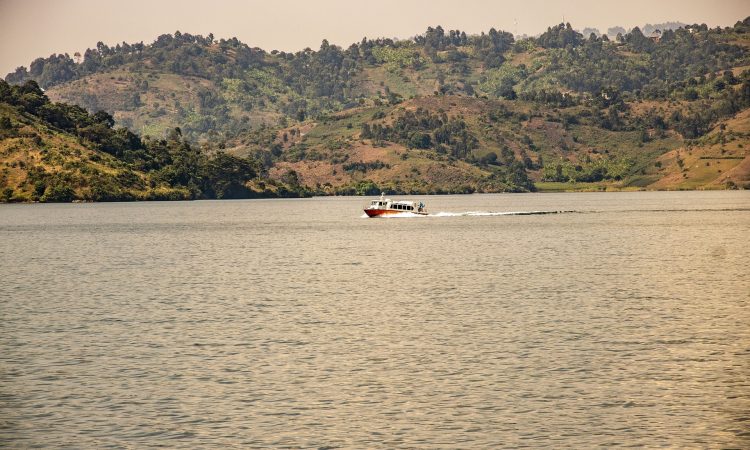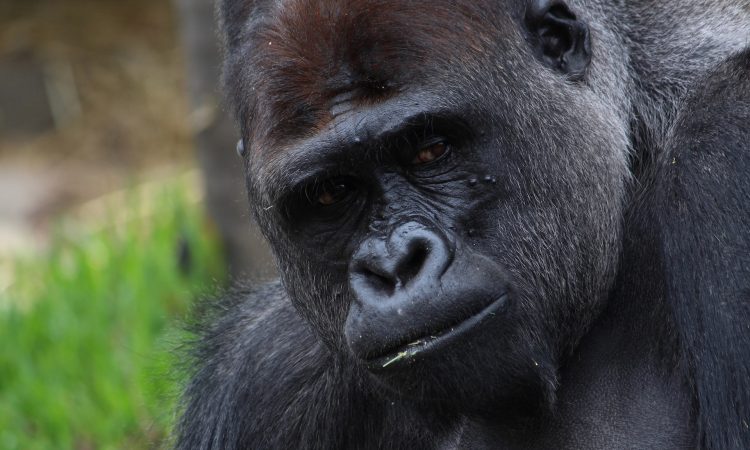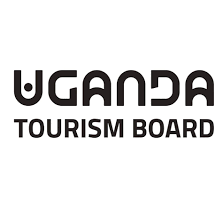Bukavu City is located on the southwestern edge of Lake Kivu, in the eastern part of the Democratic Republic of Congo. The town was founded in 1901 by the Belgian colonial government and was led until 1954 by General Paul Costermans.
Bukavu was once part of an old kingdom of the Bushi people, the main ethnic group living in the southern part of the Lake Kivu region. The kingdom was first known as Rusozi and was ruled by Muluzi Nyalukemba.
The name Bukavu came later and means “farm of cows” in the local language, called “Bu’ Nkafu.”
Bukavu follows Central Africa Time (GMT+2).
The area’s warm climate attracted many colonial settlers during their time in power. Bukavu is separated from Rwanda by the Ruzizi River. As of the 2003 census, the town had a population of about 707,053 people.
The city is built on five peninsulas and has been described as a green hand dipping into the lake. It was once the main administrative town of the Kivu region but lost that role to Goma as the town grew.
Visit Kahuzi Biega National Park
Kahuzi-Biega National Park is located near Bukavu, on the western side of Lake Kivu. The park was created in 1970 by Adrien Deschryver, a Belgian photographer. The name of the park comes from two nearby volcanoes, Mount Kahuzi and Mount Biega.
The park covers 6,000 square kilometers and is home to eastern lowland gorillas and eastern chimpanzees. Tourists can go trekking to see these animals in their natural habitat.
Many of the popular safaris and gorilla trekking tours in Congo happen in this park.
Kahuzi Biega National Park has over 336 species of birds, including the Ruwenzori turaco and Shelley’s crimson wing. It is also home to 44 kinds of amphibians, 69 kinds of reptiles, 1,178 plant species, different mammals, and many primates.
The Mysterious Lake Kivu & Idjwi Island
Lake Kivu lies between Congo and Rwanda and is one of Africa’s large lakes. The lake is home to 28 species of fish. It is a good place for visitors to relax and enjoy activities like kayaking, boat cruises, swimming, and paddleboarding.
There are about 55 cubic meters of trapped biogas under Lake Kivu. The lake also has many islands where visitors can go and meet local people and learn about their culture.
One of these islands is Idjwi Island, which is the second-largest island in Africa. It covers about 370 square kilometers and offers clear views of Lake Kivu. In the 1700s, a small clan-based society on Idjwi grew into a kingdom. The people of Idjwi have been mostly safe from the wars that have affected other parts of Congo and Rwanda.
Getting to Bukavu
You can reach Bukavu from Rwanda through Cyangugu, from Goma by road or across Lake Kivu, and from Burundi through the Uvira border.
Visitors to Bukavu can choose where to stay, with options ranging from budget hotels to mid-range and luxury ones. Some of the hotels in Bukavu include Hotel Horizon, Hotel La Roche, Hotel Orchid, and others.
Bukavu can be visited at any time of the year.
Book Your Tour Now
If you want to add more days or visit more places, please contact us through our main contact page using the button below.












